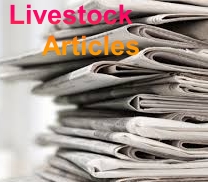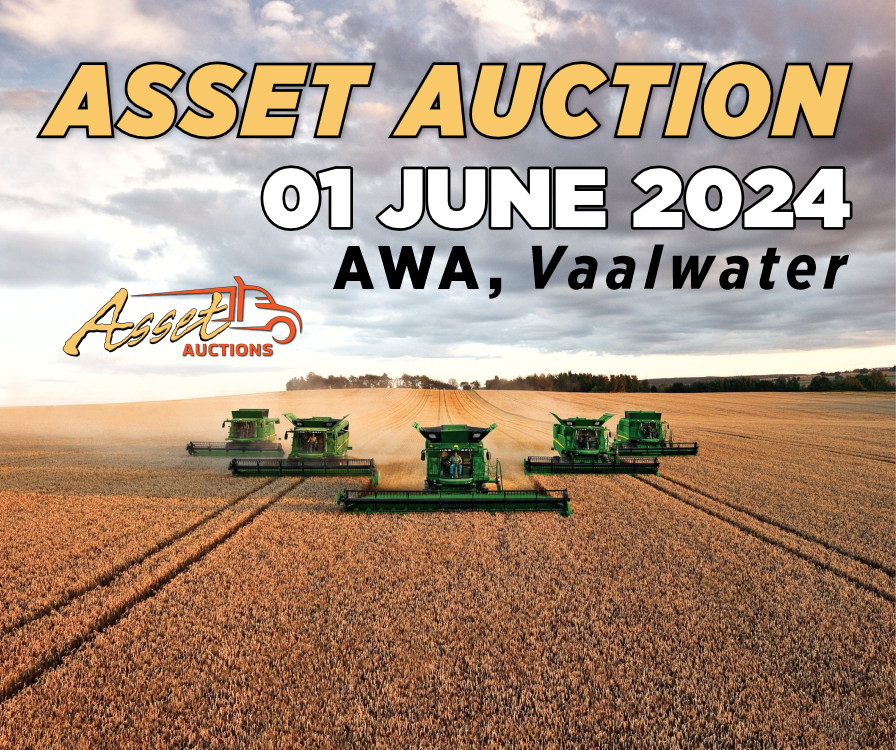Free Range and Organic
There is no legislation governing the labeling of organic or free range poultry products.
Free-range egg and poultry production in South Africa are important components of the country's larger poultry market. At the time of writing, South Africa had no legislation governing the labelling of organic or free range poultry products. In the absence of legislation, the majority of retailers and supermarkets have developed their own standards to which produce have to comply to be labelled free range or organic.
Five Freedoms
Birds should have adequate shelter.
The South African Poultry Association has developed its own minimum standards to guide broiler and layer production. According to their Codes of Practice, all birds, whether raised in housing, cages, free range or organically, should have access to the five basic freedoms identified by the World Animal Organisation. These are:
o Freedom from hunger, malnutrition and thirst via the availability of freshwater and the appropriate feed.
o Freedom from fear and distress by providing conditions and care which avoid undue suffering.
o Freedom from abnormal discomfort via the provision of adequate shelter.
o Freedom from pain, injury and disease via the provision of appropriate prevention or natively, rapid diagnosis and treatment of normal pathological conditions.
o Freedom to express normal patterns of animal behaviour, by supplying sufficient space in suitable facilities and in the company of the animal’s own kind.
Free Range Production
For broilers to qualify as free range, the Broiler Production Code of Practice specifies that no more than fifteen birds may be kept per square meter.
Internal Environment
For broilers to qualify as free range, the Broiler Production Code of Practice specifies that no more than fifteen birds may be kept per square meter in the poultry shed or housing. This number goes down to ten adult hens per square meter if the aim is to produce free range eggs, with the egg collection or service area and the area occupied by the enclosed portion of nest boxes being excluded from this calculation.
Stocking densities of layer hens may be increased to twelve birds per square meter in houses with appropriate perching or roosting facilities. Such perches, however, should not be provided at less than 15 cm per hen and should incorporate a gap on either side of no less than 1,5 cm to allow hens to grip the perches without injuring their claws, according to the Pullet Rearing and Table Egg Production Code of Practice.
Adequate nesting facilities should be provided to discourage layers from laying eggs on the floor. Where individual boxes are used, there should at least one nest per eight hens and where communal nests are provided, at least one square meter of nest floor per 125 hens.
Layers should have access to sufficient lighting: A minimum of nine hours continuous light in the form of daylight or artificial light, in each period of twenty-four hours and a minimum period of eight hours darkness.
With both broiler and layer production, a maximum of one adult hen per five centimetre of feeder length may be housed if using chain, trough or box feeders that can be accessed from both sides. Ten centimetres per hen should be provided if only one side is accessible. If pan or tube feeders are used, a maximum of forty adult hens per feeder may be used.
External Environment
The codes specify the same external environmental conditions for free range broiler and layer production: The stocking rate of birds outside the house or shed, should not exceed five birds per square meter. Livestock theft restricts the provision of more extensive ranges, according to the South African Poultry Association. The area outside where the birds are kept, should be maintained to allow a minimum of 50% living vegetation at all times.
Rotational grazing will help with the management of damaged ground and also minimise the risk of a build up of parasites. Birds should have access to shade, either in the form of trees or an artificial structure, at a rate of four square meters of shade per thousand birds. Birds should also have access to cover and there should be adequate fencing to protect them from predators.
Organic Production
No chemicals or antibiotic products are allowed with organic production.
Farmers make use of independent organisations to certify their produce as organic. Each of these organisations have their own production requirements. In general, though, produce should only qualify as organic if it is raised as naturally as possible, without the use of antibiotics, chemical fertilisers or pesticides.








